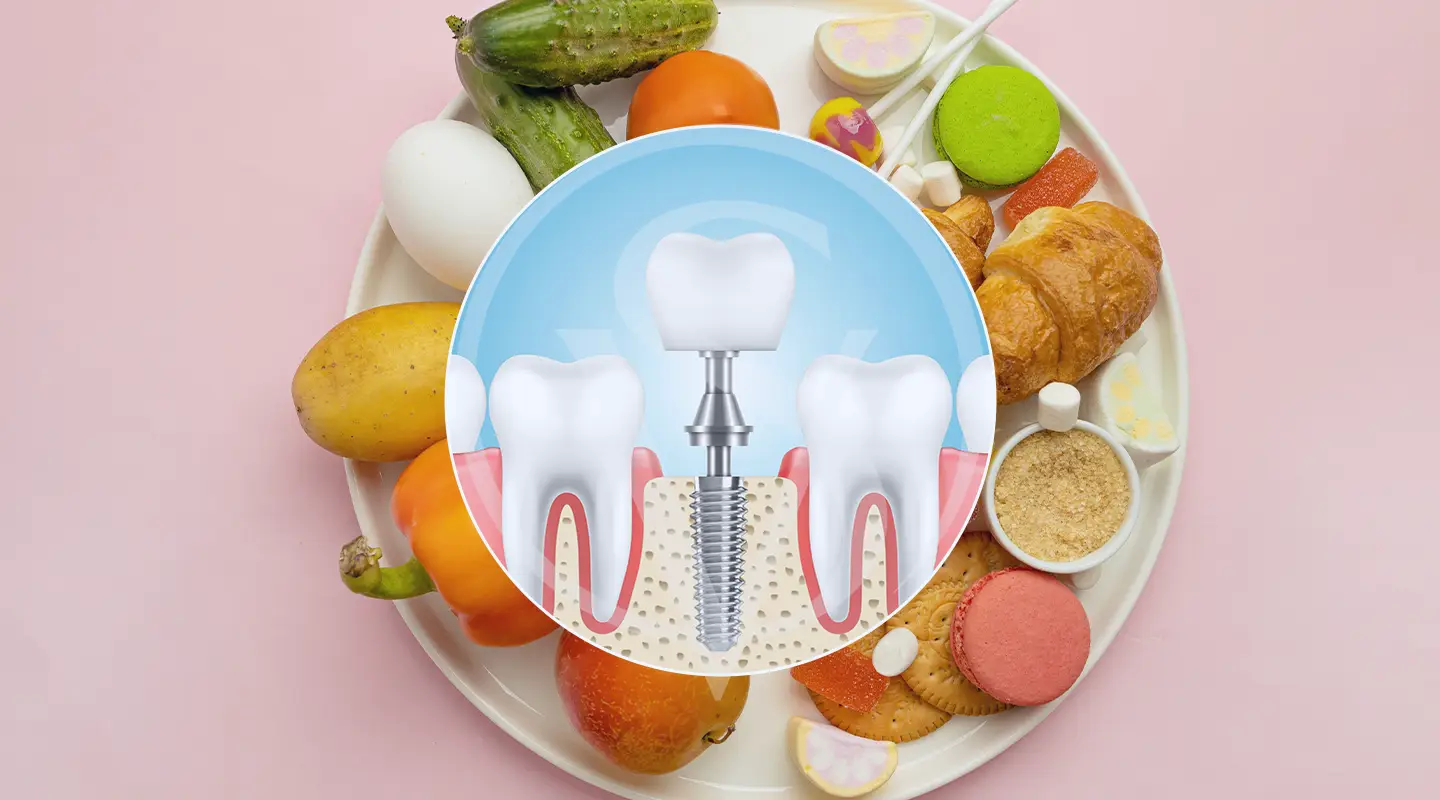
Dental surgery can feel daunting. Recovery involves careful steps. What you eat really matters. Proper nutrition aids healing. It prevents complications too. The wrong foods can cause pain. They might even damage surgical sites. Planning meals in advance helps. It reduces stress post-surgery. Your comfort is a top priority. Following guidelines ensures smooth recovery. Listen to your body always.
What you eat really matters.
Food provides vital nutrients. Your body needs energy to heal. Protein helps repair tissues. Vitamins and minerals support recovery. Choosing soft, gentle foods is wise. Hard or crunchy items can harm. Spicy or acidic foods irritate. Extreme temperatures cause discomfort. Every bite should be considered. Think about consistency carefully. This approach supports healing directly.
Proper nutrition aids healing.
Healing demands energy and building blocks. Your body works hard after surgery. Nutrients fuel this intensive process. Protein is essential for tissue repair. Vitamin C helps collagen formation. Zinc supports immune function. These elements are critical. A balanced intake is important. Even with soft foods, strive for variety. This ensures complete nutrition. It speeds up your recovery timeline.
It prevents complications too.
Careful eating avoids problems. Rough foods can dislodge blood clots. This leads to a dry socket. It’s very painful and delays healing. Food particles can get stuck. This causes infection at the site. Chewing hard items might open stitches. It could even damage the surgical area. Soft foods minimize these risks. They protect the delicate recovery zone. Prevention is always better.
The wrong foods can cause pain.
Imagine biting something hard. Your jaw would feel the pressure. This pain is amplified after surgery. Crunchy textures are particularly bad. Chips, nuts, and hard candies are risky. Chewing tough meats also hurts. Acidic foods like citrus irritate. Spicy dishes burn sensitive tissues. Very hot or cold items sting. Avoiding these prevents discomfort. Choose bland and gentle options.
Planning meals in advance helps.
Post-surgery, you might feel tired. You’ll want easy, ready-to-eat options. Prepare soft meals before your appointment. Stock your fridge and pantry. Soups, yogurts, and smoothies are good. Cooked cereals are also helpful. Having food ready reduces effort. It ensures you eat properly. You won’t rely on less healthy choices. This foresight makes recovery smoother.
Your comfort is a top priority.
Eating shouldn’t be a struggle. Choose foods that go down easily. No chewing should be required initially. Think about liquid or pureed items. As you heal, introduce softer solids. Avoid anything that causes strain. Listen to any discomfort signals. Pain means you should stop. The goal is gentle nourishment. This helps you recover calmly.
Following guidelines ensures smooth recovery.
Your dentist will give specific advice. Adhere to their post-operative instructions. They know your unique situation best. These guidelines protect your surgical site. They prevent common complications. They outline what foods are safe. They also tell you what to avoid. Ignoring them can prolong recovery. It might even lead to setbacks. Consistency is very important here.
Listen to your body always.
Your body provides important cues. Pain is a signal to stop. Swelling or unusual discharge needs attention. If something feels wrong, contact your dentist. Don’t push through discomfort. Some foods might feel fine one day. They could irritate you the next. Adjust your diet as needed. Trust your inner sensations. This mindful approach aids healing.
Think about consistency carefully.
Texture is paramount initially. Start with only liquid foods. Think broths, strained soups. Then move to very soft purees. Mashed potatoes, yogurt, applesauce are good. Progress to soft, cooked vegetables. Scrambled eggs or soft fish can follow. This gradual change is key. It allows the surgical site to heal. Don’t rush through the stages.
Extreme temperatures cause discomfort.
Very hot liquids can burn. They might increase swelling too. Very cold items can cause sensitivity. This applies to surgical areas. Avoid scalding hot coffee or tea. Don’t use ice directly on the site. Let foods cool or warm slightly. Room temperature is often ideal. This simple step adds comfort. It prevents unnecessary pain.
It reduces stress post-surgery.
Recovery can be taxing. Having meals ready helps calm worries. You won’t need to cook. No difficult decisions about food. This frees up mental energy. You can focus on resting. Reduced stress aids healing generally. It supports your immune system. A calm mind promotes faster recovery. This small preparation makes a big difference.
You won’t rely on less healthy choices.
Without planned meals, temptation arises. You might grab convenient junk food. These options are often highly processed. They lack essential nutrients. They can contain irritating ingredients. Chips and sodas are examples. Such foods hinder healing significantly. They might even cause new problems. Prepared healthy options prevent this. They support your body’s needs.
It might even damage surgical sites.
The recovery area is delicate. Any undue pressure can cause harm. Biting down hard can tear stitches. It can dislodge a protective clot. This exposes bone or nerves. Such damage causes severe pain. It invites infection into the wound. This prolongs your recovery period. It creates unnecessary complications. Protecting the site is non-negotiable.
This approach supports healing directly.
Every food choice impacts recovery. Selecting nutrient-rich, soft options helps. It reduces inflammation. It provides necessary energy. It supports cell regeneration. It minimizes irritation. It prevents potential infections. This direct support aids your body. It allows it to focus on healing. It’s a fundamental part of the process. Your diet is a powerful tool.
Preventing them is always better.
A proactive approach truly helps. Avoid dry socket complications. Keep food particles out of the wound. Don’t chew on the surgical side. Use a straw cautiously, if at all. The suction can dislodge clots. Rinse gently with salt water. Follow all hygiene instructions. These small steps are huge. They dramatically improve your recovery.
Choose bland and gentle options.
Plain foods are your best friends. Avoid anything strong in flavor. Spicy, salty, or highly seasoned foods. They can all irritate sensitive tissues. Acidic foods like tomatoes also hurt. Stick to mild ingredients. Cooked rice, soft pasta, plain chicken. These are less likely to cause issues. They provide comfort and nutrition. Simplicity is key for healing.
Stock your fridge and pantry.
Pre-shopping is a smart move. Fill up on soft-food essentials. Yogurt, cottage cheese, scrambled eggs. Soft cooked vegetables like carrots. Mashed bananas, applesauce, pudding. Broths, pureed soups, protein shakes. These form your recovery arsenal. Make sure they’re easy to access. You won’t need to go out later. This convenience is invaluable.
Consistency is very important here.
Don’t deviate from the plan. Stick to soft foods for the recommended time. Rushing into solid foods can hurt. Even if you feel better, be cautious. Healing happens beneath the surface. The surgical site needs protection. Consistency ensures optimal healing. It prevents painful setbacks. This discipline pays off greatly. Your future self will thank you.
After dental surgery, soft, bland, and nutrient-rich foods are crucial; planning ahead and following guidance ensures smooth healing and prevents complications.
